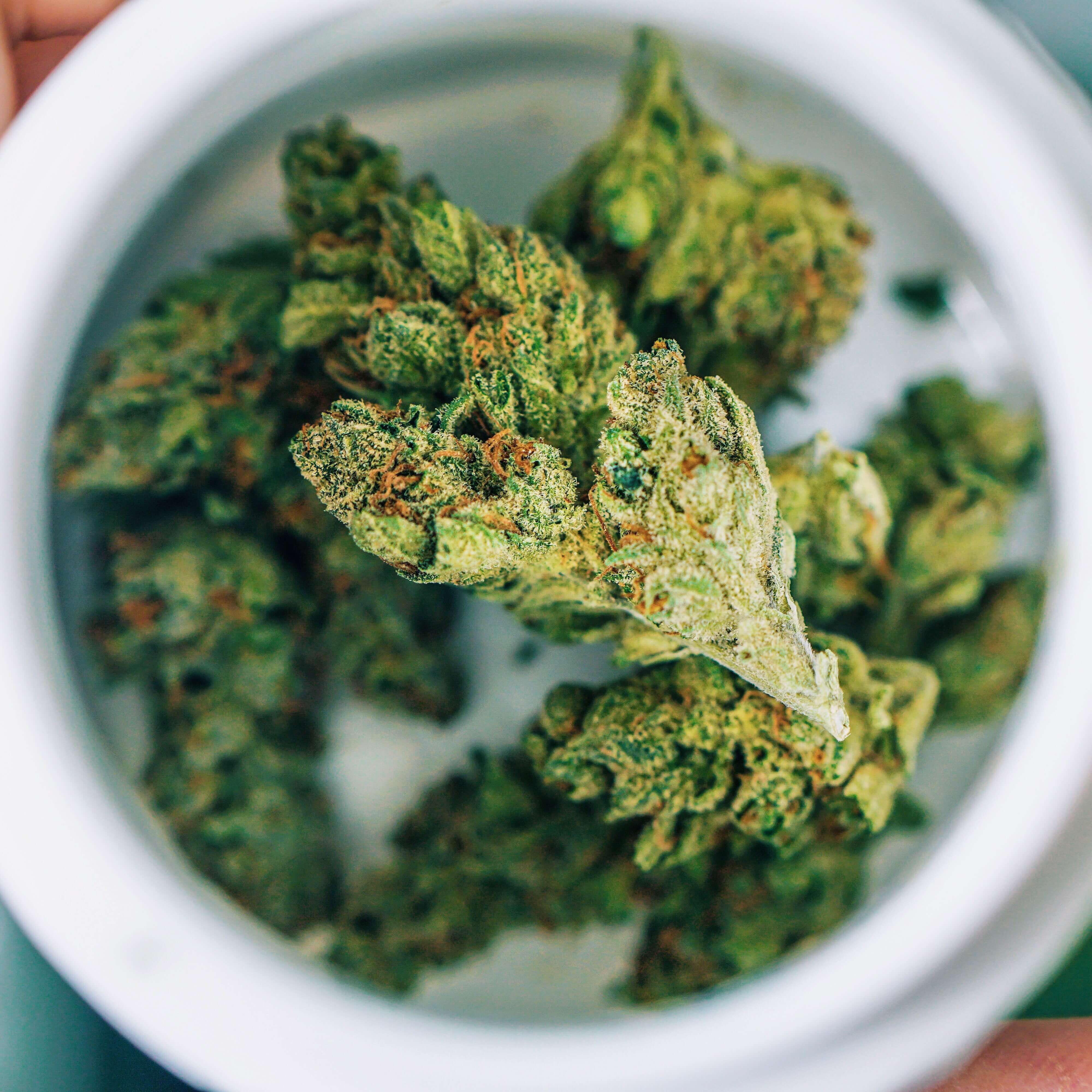
One of a handful of challenges the regulated cannabis industries face today is creating an end-product at a price point that competes with long-established illicit supply chains.
Time, equipment costs, and operating costs are all significant factors in deciding which production methods to implement in daily operations at cannabis facilities.
During the winterization (wax fractionation) process, standard vacuum filtration is the most effective, affordable, and overall suitable approach.
Alternatives exist but, in our opinion, are not appropriate for the majority of cannabis product producers.
Want to know why? Read below.
Turning cannabis into cannabis products
Cannabis goes through multiple layers of refinement throughout the production process before becoming a cannabis product.
After the primary extraction phase, cannabis resin is still crude and unrefined. It still contains all kinds of unwanted organic compounds,
including:
- Fatty acids
- Waxes
With these organic compounds, cannabis resin can’t be developed into products like tinctures and capsules. Plants need the waxes, but people don’t.
- They degrade the appearance of a product
- They impact the taste and smell of a product
- They leave residue behind when vapourized
- They make edible products difficult to digest
So the waxes have to go.
“Winterization” is the industry term for wax fractionation - the removal of the undesirable waxes and more. During the winterization process, crude cannabis extract is diluted with ethanol. The mixture is placed in a freezer set at a very low temperature – “winterization.”
The waxes (and lipids) solidify in the cold, separate, and sink to the bottom. The dissolved crude extract and the ethanol remain liquefied and rise to the top. At this point, a cellulose filter liner and a vacuum-pumped filtration device can remove the lipids and waxes. A rotary evaporator then removes the ethanol, and the resulting resin is of higher quality than it was before winterization.
This product would now be considered high quality, suitable for use in the recreational or medicinal markets.
Why simple vacuum filtration is king
For many producers, winterization is a bottleneck in the production process. And other methods do exist to achieve the same result or circumvent it entirely.
Some producers are using centrifuges.
Centrifuge technology is used in some cases for selective separation of waxes from cannabinoid and terpene fractions. Using centrifugal force, heavy waxes are pulled to the bottom of the vessel, physically separating the chemical components. The way cream is separated from skimmed milk.
However, the cost of a centrifuge large enough for efficient operations is a significant investment. This technology requires massive up-front capital costs with a long return on investment (ROI) time line (1).
Some producers are using supercritical CO2 to skip winterization altogether
With some supercritical CO2 techniques, winterization can be avoided entirely. But there are more factors to consider than simply avoiding a process bottleneck:
- This requires uniquely high-quality feedstock. High-potency, terpene-rich cannabis feedstock will yield a crude extract containing a high cannabinoid and terpene content that may not require winterization.
- Reducing particle size will increase the mass of feedstock that can fit into a given volume and increase the extraction efficiency by reducing the distance the solvent must travel to reach the center of a particle. However, reducing particle size ruptures plant cells and exposes their interior contents to the solvent. This increases the likelihood of coextraction of undesirables, which require removal using winterization (2).
- Terpenes are highly miscible under the conditions created by cold, low pressure CO2. This is great, unless your goal is cannabinoid extraction in conjunction with terpene extraction. The solubility of major cannabinoids in CO2 using these parameters is low. More solvent contact (and time) is needed if cannabinoid extraction is the goal.
So in addition to being a cost-prohibitive process, supercritical CO2 extraction with the goal of avoiding the winterization bottleneck is also a highly goal-specific approach. It is not widely deployable across the industry.
For products to be priced competitively, the cost of manufacturing needs to be low (not that we need to tell you this)
The alternatives to standard vacuum filtration are expensive. There is no practical way around winterization for the majority of producers. And the market wants products that look, taste, and perform as expected.
If your business is considering supercritical CO2 or centrifuge systems, how about this:
Find a manufacturer you like. Work with them to design a custom vacuum filtration system that completes as much of the process as possible without operator interaction. We bet this is still notably more budget-friendly than any other option.
Due to the relatively low initial investment, a low cost of operation, and consumer demand for established product characteristics, winterization using vacuum filtration will continue to be the primary method, and the closest thing to industry standard for the foreseeable future.
Get everything, from your filters to vacuum pumps and rotary evaporators, right here.
References
- https://www.cannabissciencetech.com/view/methods-and-advancements-in-wax-fractionation-from-cannabis-extract
- Perrotin-Brunel, H. et al. 2010. Solubility of Δ9-tetrahydrocannabinol in supercritical carbon dioxide. The Journal of Supercritical Fluids 52: 6-10.


![Join Sterlitech at BIO 2024 [Booth #5558]: Exploring the Future of Biotechnology](https://www.sterlitech.com/media/magefan_blog/b4.jpeg)

